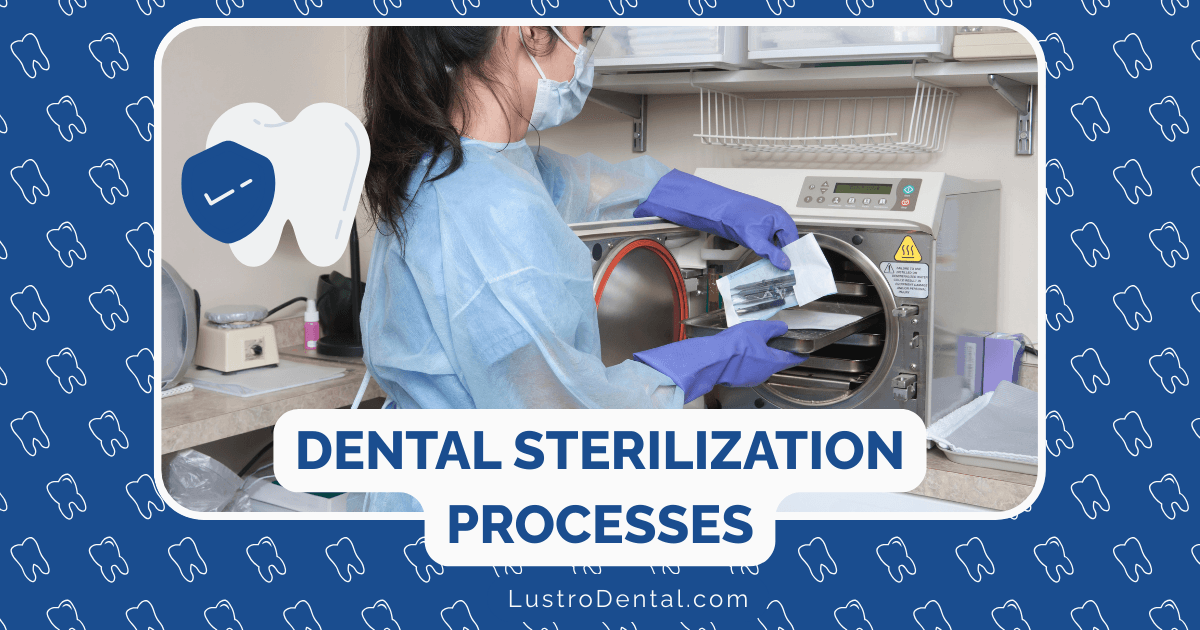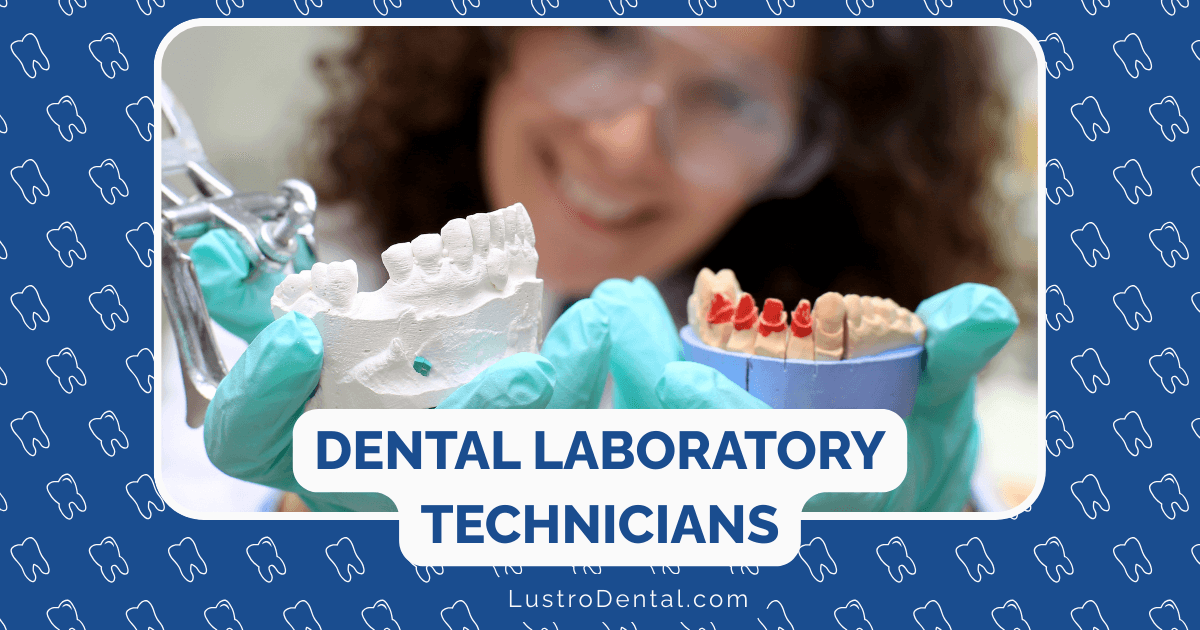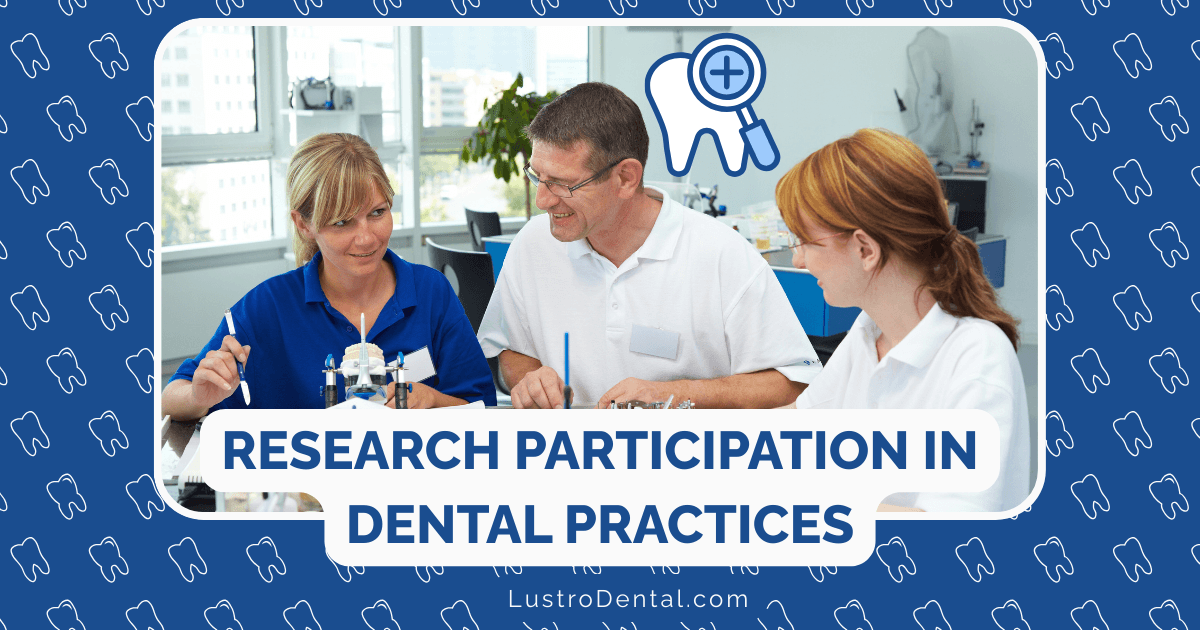Dental Sterilization: Behind the Scenes of Modern Infection Control

In the sterile environment of a modern dental practice, a complex choreography unfolds daily—one that remains largely invisible to patients yet forms the cornerstone of safe dental care. While you might focus on the gleaming instruments or the reassuring smile of your dental professional, it’s what happens behind the scenes that truly safeguards your health.
The Unseen Shield: Why Dental Sterilization Matters
When you settle into the dental chair, you’re placing enormous trust in your dental team. That trust is honored through rigorous infection control protocols that have evolved significantly over decades.
“The dental environment presents unique challenges for infection control,” notes the Centers for Disease Control and Prevention (CDC) in their latest guidelines. “The potential for cross-contamination exists in every aspect of dental care.”
This isn’t merely about cleanliness—it’s about creating an impenetrable barrier against pathogens that could otherwise transmit serious infections between patients or to dental staff.
The Science of Sterilization: Understanding the Fundamentals
Dental sterilization isn’t a single procedure but rather a comprehensive system of protocols designed to eliminate all microorganisms, including bacterial spores, from instruments and equipment.
The Critical Distinction: Cleaning vs. Disinfection vs. Sterilization
Many patients (and even some healthcare professionals) confuse these three distinct processes:
- Cleaning: The physical removal of visible debris and organic material from instruments. This is always the essential first step, as organic material can shield microorganisms from sterilants.
- Disinfection: The destruction of most pathogenic microorganisms, but not necessarily bacterial spores. Disinfection is appropriate for surfaces and some non-critical items.
- Sterilization: The complete elimination of all microorganisms, including highly resistant bacterial spores. This is the gold standard for instruments that penetrate soft tissue or bone.
According to the American Dental Association (ADA), “Sterilization is the cornerstone of infection control in dentistry and represents the highest level of microbial killing attainable.”
The Instrument Journey: From Patient to Patient
Every dental instrument undergoes a meticulous multi-step process before it can be reused:
1. Transportation and Pre-Cleaning
After use, contaminated instruments are carefully transported to the sterilization area in closed, puncture-resistant containers to prevent injury and cross-contamination. Many practices use enzymatic sprays or foams to prevent biological material from drying and hardening on instruments.
2. Ultrasonic Cleaning
Most modern dental practices utilize ultrasonic cleaners that create microscopic bubbles through sound waves. These bubbles implode against instrument surfaces, creating a scrubbing action that removes debris from even the most intricate crevices—far more effectively than manual cleaning.
3. Inspection and Packaging
After thorough cleaning and rinsing, instruments are carefully inspected under magnification for any remaining debris or damage. They’re then sorted, organized into procedure-specific cassettes, and wrapped or pouched in special sterilization packaging that allows steam penetration while maintaining sterility after processing.
4. The Autoclave: Heart of the Sterilization Process
The autoclave—a pressurized steam sterilizer—is the workhorse of dental sterilization. Operating at approximately 270°F (132°C) under pressure, it kills microorganisms through the combined action of heat, moisture, and pressure.
Dr. Emily Tran, infection control specialist at the University of Michigan School of Dentistry, explains: “Steam sterilization remains the most reliable, efficient, and cost-effective method for instrument sterilization in dentistry. The combination of saturated steam under pressure creates conditions that no known microorganism can survive.”
5. Monitoring and Documentation
Every autoclave cycle is monitored through multiple verification systems:
- Mechanical indicators: Digital displays and printouts that record time, temperature, and pressure
- Chemical indicators: Color-changing strips or tabs that verify exposure to sterilizing conditions
- Biological indicators: Living spores that, when processed through the sterilizer, confirm its ability to kill even the most resistant organisms
The CDC recommends weekly biological monitoring at minimum, with many practices now testing daily.
Beyond Instruments: Comprehensive Infection Control
Modern dental infection control extends far beyond instrument sterilization:
Surface Disinfection
Clinical contact surfaces—those touched during patient care—are either barrier-protected or cleaned and disinfected between patients using EPA-registered hospital-grade disinfectants. These include:
- Dental chair components
- Light handles
- Drawer handles
- Countertops
- Computer keyboards and mice
Dental Unit Waterlines
Dental waterlines—the thin tubes that deliver water to handpieces and air/water syringes—require special attention. These narrow-diameter tubes can develop biofilm (a layer of microorganisms embedded in a protective matrix) if not properly maintained.
Regular treatment with antimicrobial products and water quality monitoring ensure that dental water meets or exceeds drinking water standards.
Personal Protective Equipment (PPE)
The now-familiar masks, gloves, protective eyewear, and gowns that dental professionals wear serve as the final barrier against cross-contamination. Each item is changed between patients, with specific protocols for donning and doffing to prevent self-contamination.
Digital Dentistry: New Technologies, New Challenges
The digital revolution in dentistry has introduced new infection control considerations:
Digital Radiography Sensors
These reusable electronic devices cannot be heat-sterilized and require special handling. They’re typically protected with FDA-cleared barriers during use, followed by thorough cleaning and high-level disinfection between patients.
CAD/CAM Systems
Digital impression scanners and in-office milling units must be disinfected according to manufacturer specifications, with particular attention to components that enter the patient’s mouth.
Regulatory Oversight: Ensuring Compliance
Dental infection control isn’t optional—it’s mandated and monitored by multiple regulatory agencies:
- The CDC provides evidence-based guidelines
- The Occupational Safety and Health Administration (OSHA) enforces workplace safety standards
- State dental boards establish specific requirements for licensure
- The Environmental Protection Agency (EPA) regulates disinfectants
- The Food and Drug Administration (FDA) oversees sterilization equipment and supplies
These overlapping jurisdictions create a comprehensive framework that protects both patients and dental professionals.
The Human Element: Training and Vigilance
Even the most sophisticated equipment and protocols are only as effective as the people implementing them. Ongoing training and a culture of safety are essential components of effective infection control.
“The most critical factor in infection prevention isn’t the equipment—it’s the consistent application of proper protocols by every team member, every time,” states the Organization for Safety, Asepsis and Prevention (OSAP), the leading advocacy group for dental infection control.
Most practices now designate an Infection Control Coordinator who oversees training, monitoring, and documentation of all infection control activities.
The COVID-19 Legacy: Enhanced Protocols
The COVID-19 pandemic fundamentally changed many aspects of infection control in dentistry. While dental practices already maintained high standards, additional layers of protection were implemented:
- Enhanced screening protocols
- Improved ventilation systems
- Extended fallow periods between aerosol-generating procedures
- Additional PPE requirements
- Modified scheduling to reduce patient overlap
Many of these changes have become permanent features of dental infection control, creating an even safer environment for care.
Transparency and Patient Education
Modern dental practices increasingly recognize the importance of infection control transparency. Many now:
- Openly discuss their sterilization procedures with patients
- Display sterilization monitoring results
- Provide tours of their sterilization areas
- Include infection control information in new patient materials
This transparency builds trust and acknowledges patients’ legitimate interest in how their safety is protected.
The Future of Dental Infection Control
As dental care evolves, so too will infection control. Emerging technologies show promise for even safer dental environments:
- Plasma sterilization offers rapid processing with lower temperatures
- Hypochlorous acid (HOCl) provides powerful, non-toxic disinfection
- UV-C light systems for environmental disinfection
- Antimicrobial surfaces that actively kill microorganisms
- Real-time biological monitoring for immediate verification of sterilization
Conclusion: The Invisible Foundation of Dental Care
The next time you sit in a dental chair, take a moment to appreciate the extensive, unseen systems working to protect your health. Behind every dental procedure lies a sophisticated infrastructure of equipment, protocols, and dedicated professionals ensuring that your care is not only effective but safe.
The dental profession’s commitment to rigorous infection control represents one of healthcare’s great success stories—a daily triumph of science and diligence that allows millions of patients to receive necessary care without fear of infection.
In the words of Dr. John Molinari, a leading dental infection control expert, “What we do in dental infection control isn’t just about compliance with regulations—it’s about honoring the sacred trust patients place in us when they choose dental care.”







